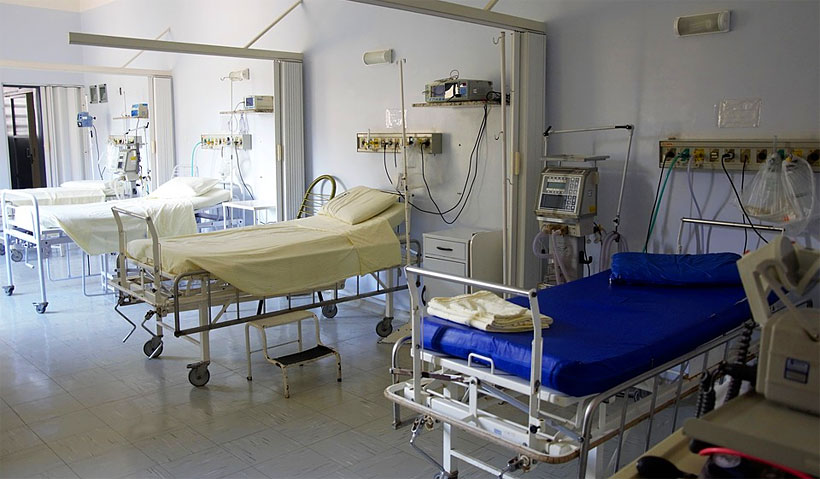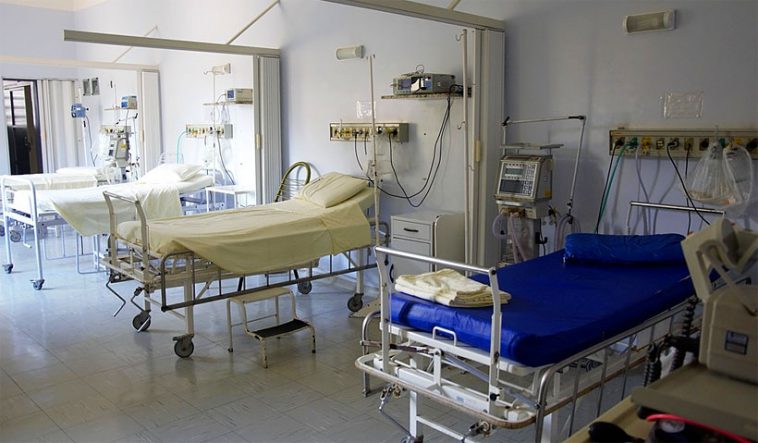- Like
- SHARE
- Digg
- Del
- Tumblr
- VKontakte
- Flattr
- Buffer
- Love This
- Save
- Odnoklassniki
- Meneame
- Blogger
- Amazon
- Yahoo Mail
- Gmail
- AOL
- Newsvine
- HackerNews
- Evernote
- MySpace
- Mail.ru
- Viadeo
- Line
- Comments
- Yummly
- SMS
- Viber
- Telegram
- JOIN
- Skype
- Facebook Messenger
- Kakao
- LiveJournal
- Yammer
- Edgar
- Fintel
- Mix
- Instapaper
- Copy Link
 Beds might just be the most crucial piece of furniture in the hospital. After all, patient comfort and treatment will rely on one, and there’s nothing worse than an uncomfortable bed, especially when stuck in one.
Beds might just be the most crucial piece of furniture in the hospital. After all, patient comfort and treatment will rely on one, and there’s nothing worse than an uncomfortable bed, especially when stuck in one.
Thankfully there are many different types of beds for various patients and their unique conditions. Each of these beds is designed for a specialized purpose, usually depending on the type of treatment the patient receives.
But while we don’t always have the choice of bed type after experiencing an unfortunate event and winding up in the hospital, there may be times where we do, or at the minimum, it’s a least nice to know what’s in store for us during our hopefully short stay.
7 Types of Hospital Beds
Here’s a look at seven different types of beds/mattresses that you will find in the typical hospital. If you end up in the hospital and your bed is uncomfortable, perhaps you can request a move to a more comfortable one, if given the option.
#1. Gatch Beds
Gatch beds are most common in hospitals, nursing homes, rehab centers, and medical laboratory supplies. These beds are more affordable and durable than the others on this list. Most Gatch beds offer plenty of features including spring mechanisms and movable functions that provide comfort and ease of use.
One benefit of the Gatch bed is that it can elevate an individual’s body. This can provide great relief to those recovering from severe asthma or pneumonia. It can raise individuals in an upright position whenever necessary. This allowed liquid to be easily extracted from the chest and lung area.
#2. Electric Beds
Electric beds are often a popular choice at medical laboratory supplies. These beds are also often used in hospitals and clinic care units. Electric beds are beneficial to both patients and healthcare professionals for their comfort and ease of use. These are considered the electric version of the Gatch bed since they have adjustable sections that can be easily maneuvered. They can also be adjusted and moved thanks to their operations and functions.
Electric beds are comfortable for those who must lay flat for a certain period of time. A benefit to these beds is its ease of use. These beds can be operated by both patients and healthcare professionals since they provide manual functions. However, some users may require help from family members and healthcare staff.
#3. Low Beds
Low beds are hospital beds that sit low to the ground. They’re used for patients who are at risk of falling. Low beds are also commonly used for children and Alzheimer’s patients. They sit as low as a standard hospital electric bed. Low beds do not require help from family members or healthcare staff which makes them a popular choice at medical instruments suppliers.
#4. Air Loss Mattresses
Air loss mattresses contain holes that leak air through the fabric. This prevents moisture buildup and provides a comfortable experience for the user. Some air mattresses are both air loss and alternating air pressure mattresses. While they provide many benefits to patients, they require frequent re-positioning which results in frequent disruptions. These beds also come with a higher risk of back injuries when used for long periods.
#5. Circo-Electric Beds
Circo-electric beds are hospital beds that can be functioned with circular bars. These beds are required for patients that have serious burns, skin conditions, or spinal injuries. They are ideal for those who have to be turned every couple of hours, which is why so many medical instruments suppliers offer them.
#6. Clinitron Beds
Clinitron beds are similar to air loss mattresses since it provides comfort for patients suffering from burns, wound damage, or skin disorders. These beds reduce pressure on the patient’s skin since due to its filling that is similar to sand. Moisture is kept out and warm air is distributed throughout the mattress to maintain temperature levels and support the patient’s weight.
#7. Air Fluidized Beds
These hospital beds are operated by fluidized air. They evenly distribute the patient’s weight throughout the mattress, making for a comfortable seating position. These beds relieve pressure and provide comfortable temperature through its minuscule holes. Similar to an air loss mattress, fluidized beds prevent friction, heat, moisture, and pressure to cause break down in the tissue area.
They are different from other hospital beds in which they adjust to the patient’s weight. They are ideal for individuals with wounds that take lots of time or require lots of care. One disadvantage of these beds is that it is dependent on the healthcare staff. Because of this, air fluidized beds are only used in medical facilities and are not recommended for long-term care facilities.
The Bottom Line
Whether your stay in the hospital is a short or long one, your hospital bed will make a big difference in your overall experience. As if being sick or injured wasn’t bad enough, right? Being stuck in a rock hard, uncomfortable bed will just add to the negative experience. Thankfully, the majority of modern hospital beds are pretty darn comfortable, and now that you’re in the know, you have an idea of what to expect if you ever find yourself in one.
About Shannon Clark
Shannon holds a degree in Exercise Science and is a certified personal trainer and fitness writer with over 10 years of industry experience.

